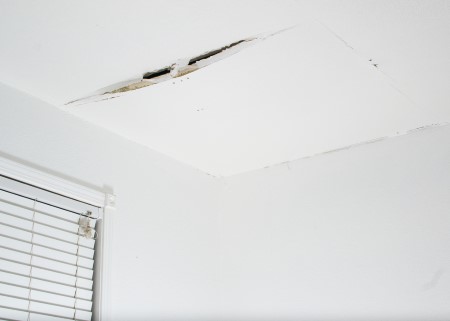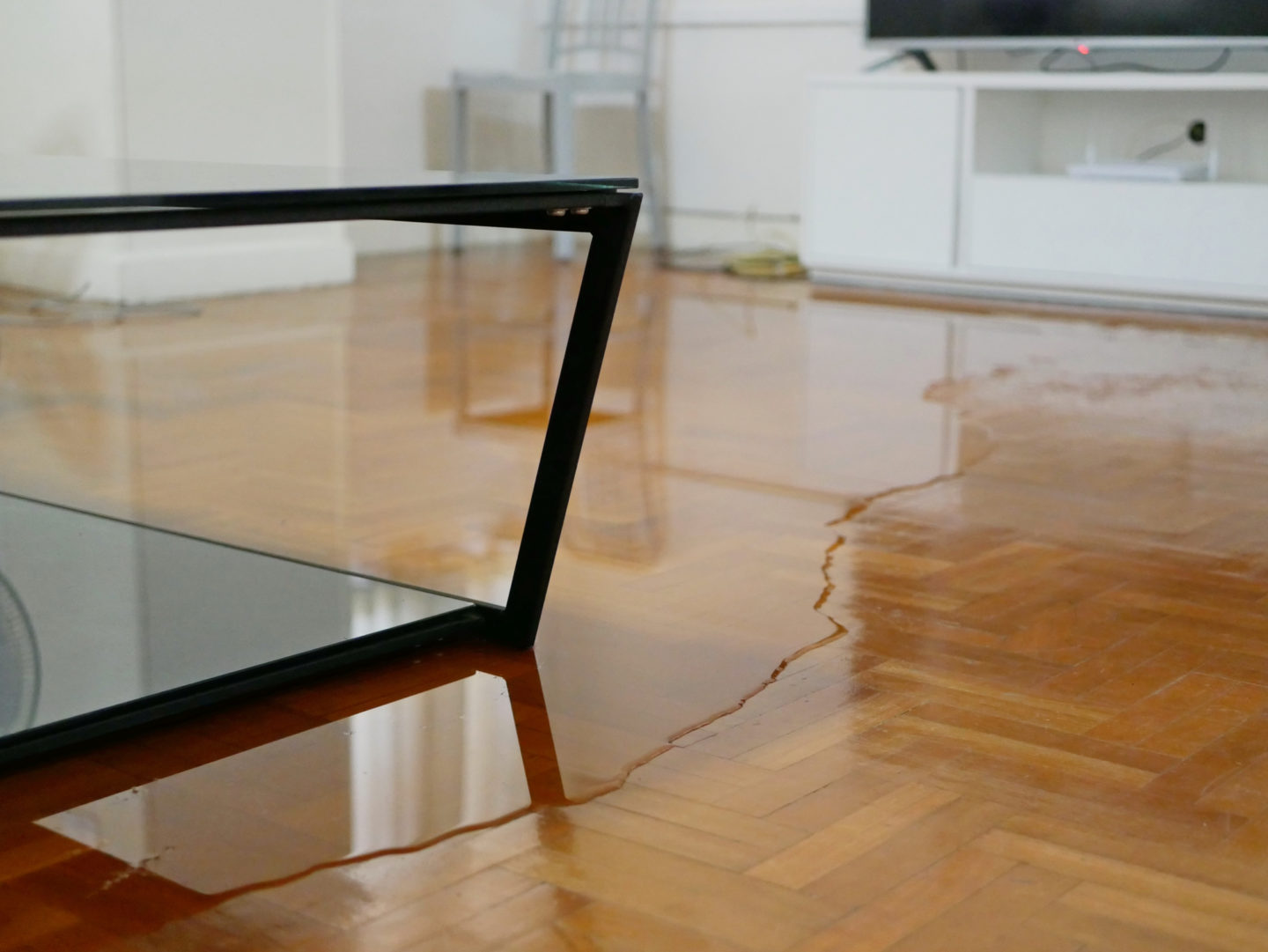Do's & Don'ts of Water Restoration.
Do's & Don'ts of Water Restoration.
Blog Article
Everybody has his or her own ideas in relation to Keeping Your Home Safe This Holiday Season.

Water offers life, water breach on parts where it's not intended to be can result in damage. If the water soaks right into your structure, it can peel off away surface areas and erode the structure. Mold and mildew and mold additionally thrive in a wet setting, which can be hazardous for your wellness. Houses with water damage scent old and also musty.
Water can come from lots of sources such as hurricanes, floodings, burst pipelines, leakages, and sewer issues. In case you experience water damage, it would be good to understand some safety and security precautions. Right here are a couple of standards on exactly how to take care of water damage.
Do Prioritize Home Insurance Coverage Insurance Coverage
Water damages from flooding as a result of heavy winds is seasonal. You can additionally experience an unexpected flood when a damaged pipeline instantly bursts right into your house. It would certainly be best to have home insurance coverage that covers both disasters such as natural calamities, and emergency situations like broken plumbing.
Do Not Neglect to Shut Off Utilities
This reduces off power to your whole home, stopping electric shocks when water comes in as it is a conductor. Don't neglect to turn off the primary water line shutoff.
Do Stay Proactive and Heed Weather Signals
Tornado floodings can be very uncertain. If there is a history of flooding in your area, remain prepared and positive. Pay attention to discharge warnings if you live near a creek, lake, or river . Secure valuables from the ground floor and cellar, then placed them on the greatest possible degree. Doing so minimizes potential property damage.
Don't Ignore the Roof
Prior to the weather turns terrible, make certain you have a roofing assessment. As a matter of fact, it would be prudent to get this service annually as it can minimize complicated problems. If there are no openings as well as leakages in your roof covering, you can avoid rainfall damages. Your roofer will additionally look after damaged gutters or any other indications of weakening. This will prevent water from moving down your walls and saturating your ceiling.
Do Take Note Of Little Leaks
A burst pipeline does not occur overnight. Normally, there are red flags that suggest you have actually damaged pipelines in your home. As an example, you may notice bubbling paint, peeling off wallpaper, water touches, water discolorations, or trickling noises behind the walls. Ultimately, this pipeline will certainly rupture. Preferably, you must not wait for things to escalate. Have your plumbing fixed prior to it causes large damages.
Do Not Panic in Case of a Ruptured Pipeline
Keeping your presence of mind is crucial in a time of dilemma. Stressing will only worsen the trouble since it will suppress you from acting fast. Timing is key when it comes to water damage. The longer you wait, the more damages you can anticipate. Therefore, if a pipe bursts in your residence, promptly shut down your major water valve to cut off the resource. After that disconnect all electrical outlets in the area or switch off the breaker for that part of your home. Finally, call a reputable water damages reconstruction specialist for aid.
Water offers life, water intrusion on parts where it's not supposed to be can result in damages. Residences with water damages smell moldy and old.
Water damages from flooding dues to heavy winds is seasonal. You may notice bubbling paint, peeling off wallpaper, water streaks, water spots, or trickling audios behind the walls. When it comes to water damage, timing is essential.
Some Do's & Don't When Dealing with a Water Damage
DO:
Make sure the water source has been eliminated. Contact a plumber if needed. Turn off circuit breakers supplying electricity to wet areas and unplug any electronics that are on wet carpet or surfaces Remove small furniture items Remove as much excess water as possible by mopping or blotting; Use WHITE towels to blot wet carpeting Wipe water from wooden furniture after removing anything on it Remove and prop up wet upholstery cushions for even drying (check for any bleeding) Pin up curtains or furniture skirts if needed Place aluminum foil, saucers or wood blocks between furniture legs and wet carpet Turn on air conditioning for maximum drying in winter and open windows in the summer Open any drawers and cabinets affected for complete drying but do not force them open Remove any valuable art objects or paintings to a safe, dry place Open any suitcases or luggage that may have been affected to dry, preferably in sunlight Hang any fur or leather goods to dry at room temperature Punch small holes in sagging ceilings to relieve trapped water (don't forget to place pans beneath!); however, if the ceiling is sagging extremely low, stay out of the room and we'll take care of it DO NOT:
Leave wet fabrics in place; dry them as soon as possible Leave books, magazines or any other colored items on wet carpets or floor Use your household vacuum to remove water Use TV's or other electronics/appliances while standing on wet carpets or floors; especially not on wet concrete floors Turn on ceiling fixtures if the ceiling is wet Turn your heat up, unless instructed otherwise

I recently found that page on What You Can Do At Home To Prevent Fire And Water Damage while browsing the search engines. Feel free to set aside a second to promote this content if you appreciated it. I love reading our article about Fire And Water Damage Prevention.
Report this page